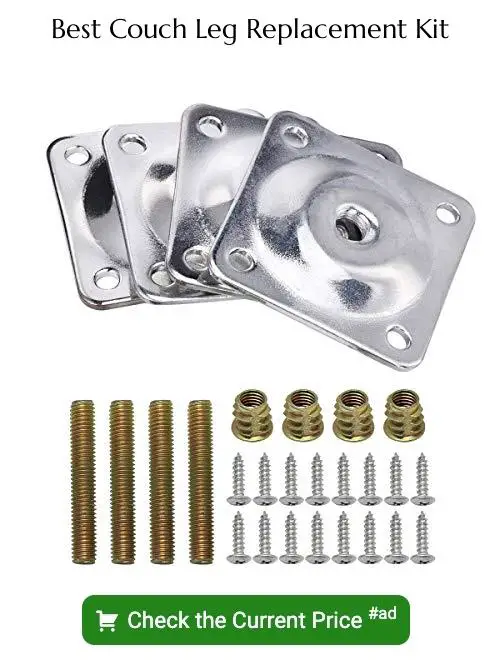Last updated on
Discover the art of fixing a broken couch leg because mastering this skill will save you time, money, and prevent the inconvenience of living with a wobbly piece of furniture.
Fixing a broken couch leg is a manageable task that can be tackled with a few simple tools and a bit of elbow grease. This article will guide you through the process step-by-step, from assessing the damage to securing the repaired leg.
Whether your couch leg is cracked, loose, or completely broken off, you’ll find comprehensive instructions here to restore your furniture to its former glory.
Don’t worry if you’re not a DIY pro – this guide is designed for all skill levels.
So, let’s dive in and get that couch back on all fours!
Key takeaways:
- Identify the root problem and assess the damage
- Gather the required materials for the repair process
- Measure the dimensions of the bracket for accurate repair
- Screw the leg back onto the metal bracket securely
- Consider alternative methods or replacement for completely broken legs
Table of Contents
Identifying the Root Problem With Your Broken Couch Leg

A wobbly base often denotes a screw loose or a bracket out of alignment, while a complete detachment might imply a broken or sheared screw. Sometimes, the leg itself could have splintered or cracked, experiencing damage beyond a simple fix. The stress point, usually where the leg joins the couch’s structure, is often a good starting point for checking signs of wear or damage.
Analyzing these aspects helps determine the type and extent of repair required. Being thorough at this stage can save you a lot of time and resources down the line.
Remember, excess weight, frequent movement, or even age could be the reasons for the damage. Understanding the cause and nature of the breakage builds a roadmap for your repair journey and helps in preventing any future damage.
Required Materials for Couch Leg Repair

Having the correct tools on hand can greatly streamline the repair process.
1. Screwdriver: This is the primary tool you’ll need. Opt for a Phillips or flat-head screwdriver, depending on the screws in your couch.
2. Replacement couch leg: Compare the broken leg with the replacement to ensure similar size and design. Confirm that the screw size and type match.
3. Measuring Tape: Crucial for getting accurate measurements of the leg and screw sizes.
4. Extra Screws: Always keep extra screws. They might be needed if the existing ones strip or break during the repair process.
5. Metal Brackets: In some cases, the brackets attaching the leg to the couch wear out. A sturdy metal replacement will suffice.
6. Wood glue: In situations where the leg is chipped or splintered, wood glue will help bond the pieces together.
7. Sandpaper (Optional): This will help smooth out any rough edges on the couch leg caused by the damage.
8. Shade-compatible wood stain (Optional): To cover any discoloration caused by the wood glue or sanding.
Always wear safety gloves and eyewear to protect yourself during the process. It’s important to work in a well-ventilated area if you’ll be using any chemicals or solvents, such as wood stain. Always remember, preparedness is key to a smooth, successful repair.
Measuring Bracket Dimensions for Couch Repair
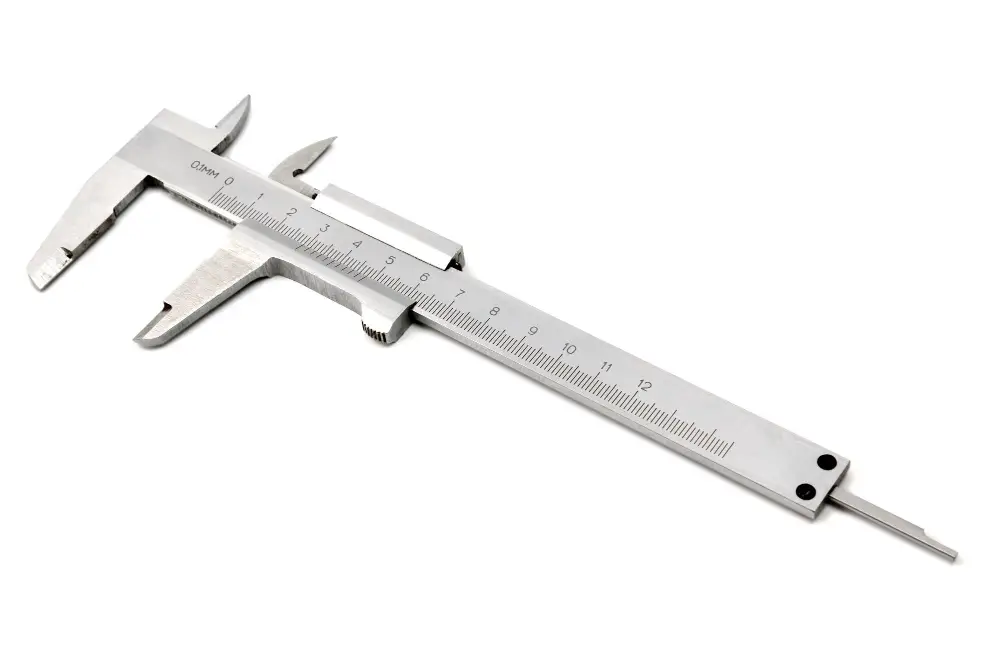
In order to achieve an effective repair, size accuracy is pivotal. Start by getting a clear measurement of the bracket opening, i.e., where the leg fits into your couch. Use a calliper rule or a standard measuring tape to find both the width and depth.
Be sure to measure both the top and bottom of the opening as furniture usually tapers, to ensure the new leg will fit accurately.
Now, determine how far the existing broken leg enters into the couch’s body. You can gather this information by measuring the broken-off piece if it’s available or estimating based on the remaining intact legs.
Lastly, record the measurements and keep them handy, essential when sourcing a replacement leg or when creating a new one.
Remember precision is key – an ill-fitting leg will not only look disjointed but could also further damage your couch.
Process of Screwing the Leg Back Onto the Metal Bracket
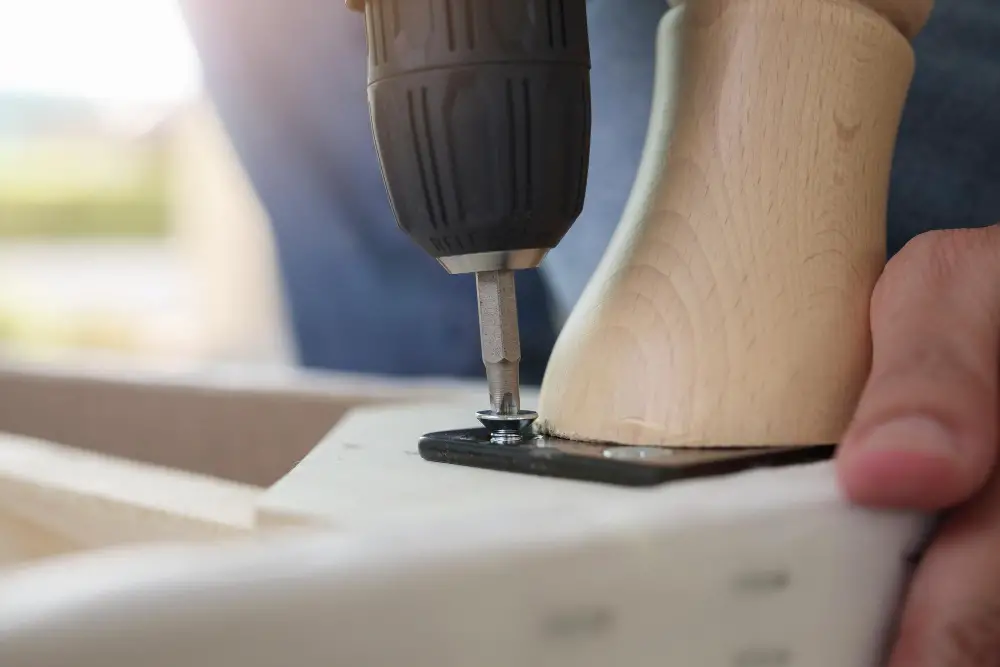
Make sure you have your couch’s leg and a set of strong screws at hand. Now, align the holes of the metal bracket with those on the couch leg.
Hold the leg in place securely as you start screwing it back. Don’t rush; use a steady hand and a screwdriver to firmly attach each screw. Begin with the topmost hole and work your way down to maintain balance.
Make sure each screw is snug but not overly tightened to prevent stripping the screws or cracking the leg. Continue this process until all the screws are secure, ensuring the leg is sturdy and straight.
If the leg has a slight wobble, snug up the appropriate screws until the leg is firm.
Addressing The Issue: What If the Sofa Leg Is Broken Completely?
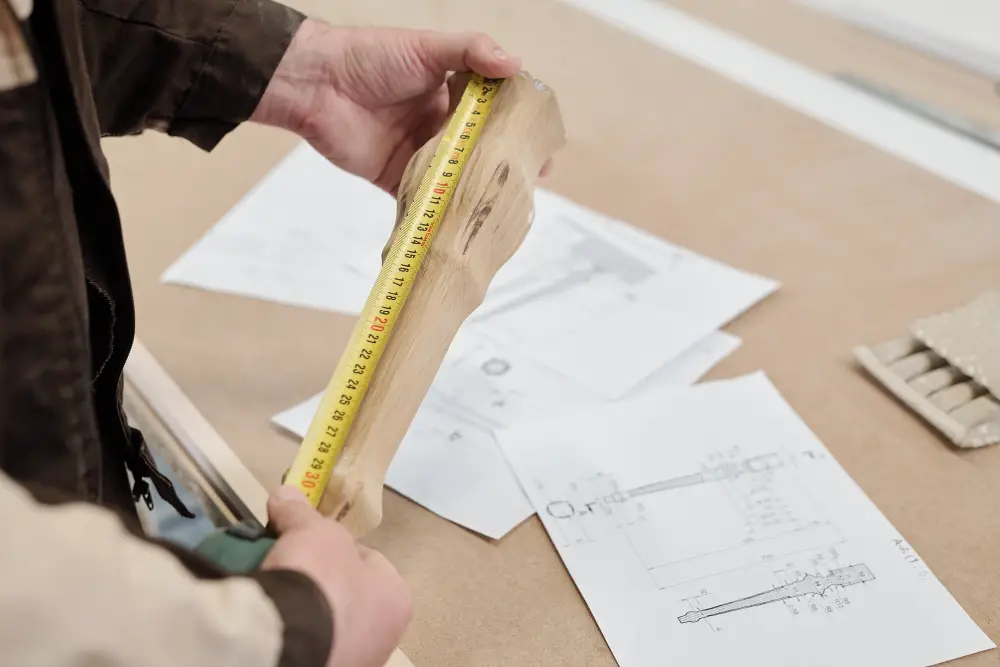
In the event of a completely broken leg, considering a replacement might be the most practical solution instead of fixing the existing one. Here’s what to do:
1. Start by pinpointing where to purchase the new leg. Furniture stores and online platforms often carry an array of options. Aim to match the style and height of the existing legs.
2. Next, measure the attachment point. Sofa legs usually attach either via a screw-in mechanism or a hanger bolt, so take note of what your sofa uses.
3. After purchasing, install the replacement leg. For screw-in legs, this is a simple turning process. The hanger bolt, however, requires an additional T-nut installed into the base of your couch for secure attachment.
Remember: this process may vary slightly depending on your specific couch model, so refer to any manufacturer instructions where possible for best results.
Alternative Methods to Fix a Broken Couch Leg

Beyond the standard approach of reattachment or replacement, there are a few innovative solutions that could be applied to mend the damage.
1. Epoxy Process: Epoxy resin is a strong adhesive substance that can bond different materials together. Use it to glue the broken pieces back together. Let it cure for the advised amount of time to achieve maximum strength.
2. Wood Filler: If there’s only a crack or gap in the leg, a high-quality wood filler could work. Once dry, this can be sanded down and painted to match the original leg.
3. DIY Wood Replacement: Craft a new one using shop-bought lumber, cut it to the correct size and shape, and then simply attach it where the old leg was.
Remember, it’s crucial to consider your sofa’s original design while deciding the appropriate method. The aim is to restore aesthetics along with functionality.
Guide to Maintaining and Preventing Future Damage to Your Couch Legs
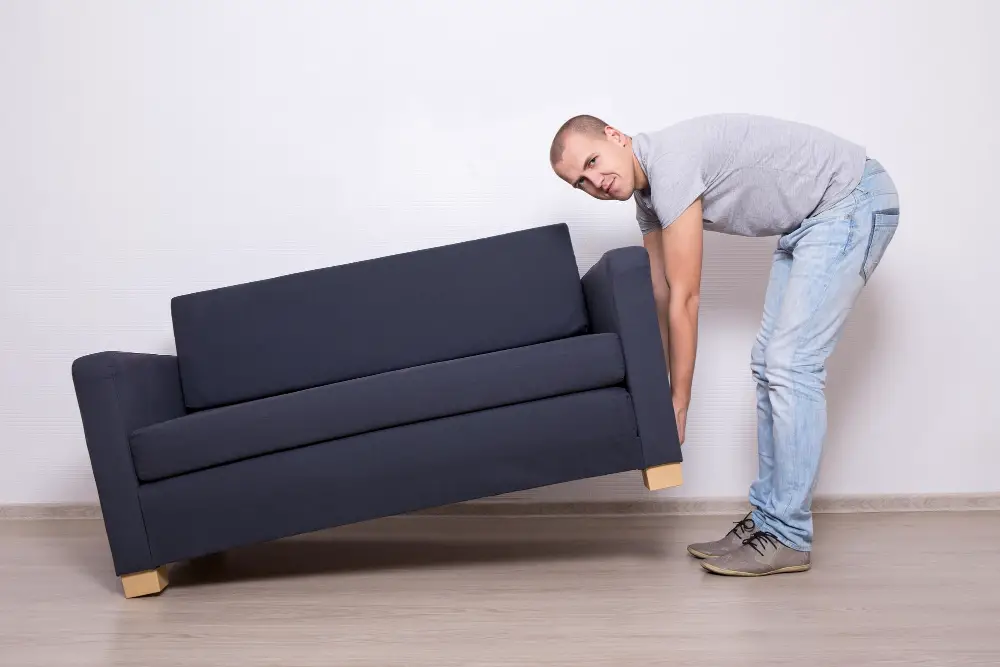
Regular vacuuming can prevent dust and grit from eroding the finish over time. Avoid pushing or pulling the couch across the room, as this can strain the legs. Instead, lift the sofa when rearranging. If your sofa rests on tapered wooden legs, periodically check and tighten them. To keep couch legs looking their best, regularly clean them using a mixture of mild soap and water, remembering to dry thoroughly. For metal legs, use a specialist cleaner to add shine and prevent tarnishing. Use furniture pads to minimize scratches and dents from heavy objects.
FAQ
Can I replace the legs on my sofa?
Yes, you can replace the legs on your sofa, often with options available at local stores, and if the new legs do not fit directly, receiver plates can be purchased for easy installation.
Are all couch legs removable?
No, not all couch legs are removable as they could be part of the sofa’s solid frame system or attached to the back of the frame.
What type of replacement couch legs are there on the market?
Replacement couch legs available in the market include wooden, metal, acrylic, and plastic types, varying in styles from vintage, mid-century modern to contemporary.
How do I determine the right size of replacement leg for my couch?
Measure the height, width, and depth of the existing couch leg to find the proper size for a replacement.
Can using different materials for replacement legs affect my couch’s stability?
Yes, using different materials for replacement legs can affect your couch’s stability as each material has unique strength, durability and weight-bearing properties.
